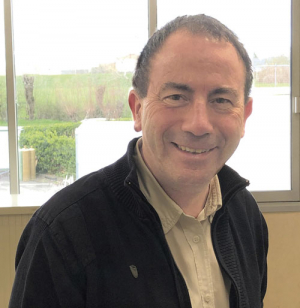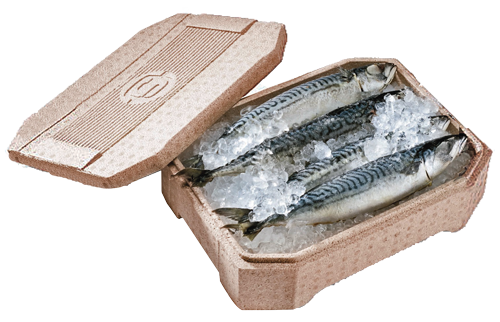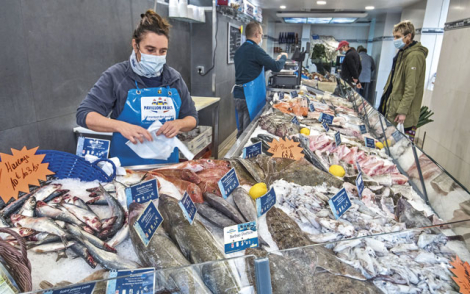|
“Our environmental strategy Christian Bellier, |
|
[ Applied research ] The concept The result The launch
|
Launched in the first half of 2020, Storopack’s Seaclic range revisits the traditional expanded polystyrene (EPS) seafood box. It is the result of a research initiated in 2017, which aims at protecting the markets of this global giant and creating added value. “Our markets remain sensitive because they deal with fishing and the environment, reminds us Christian Bellier, head of development at Storopack (Molding Division). Our factories are food-processing oriented, or even single-market oriented, like the ones in Pont-l’Abbé and Saint-Sébastien-sur-Loire. We have to be vigilant, hence the launch of a Seafood company project.” The new product was designed in collaboration with a design firm and professionals in the field and the choice was made to create a more dynamic outline. Rounded corners disappear to be replaced by chamfers. Technical parts, such as drainage holes for exudates, are “embedded” in the gripping surface. The cover is designed to be clipped on making additional strapping unnecessary. For the wholesaler, this choice limits waste and the purchases of consumables. The overall shape is ergonomic for the operators but also makes the automation of the tasks possible and helps with conveying. “Nevertheless it remains a convenience product even if we have changed the design, reinforced ergonomics, strength and, of course, our intention was also to limit the impact on the environment.” Among the three products in the range, bio-based Seaclic, manufactured with the bioplastic ecovio®, made from polylactic acid (PLA), by Basf, the chemicals group, is industrially compostable (standard EN 13432). Seafood boxes, soiled after use, can only be used once to contain foodstuffs. So it is well justified for these consommables to be derived from plants and transformed into compost at the end of their life. In the absence of a dedicated collection channel, Storopack is studying the marketing of compact industrial composters, accessible to supermarkets for example, which could process ecovio® boxes in 24 hours. The other new model in the range is the Seaclic using the ChemCycling™ process. “We work on the long circuit of circular economy, explains Christian Bellier. By means of a chemical pyrolysis process in which mixed and contaminated plastics are recycled, Basf makes it possible to produce a type of oil which is used as a new raw material to recreate virgin EPS, and which is therefore food-safe.” “For many of the professionals interviewed during the design process, the seafood box is a convenience product, which must, above all, be cheap and functional. Environmental protection was not listed as a main priority, except by some major retailers. But these issues are evolving rapidly and we must remain proactive. The prices will be higher, but this range can be an asset, especially if regulations become more restrictive in certain markets.We are not really dealing with «one-time use» products, but the life of a seafood box can be short. So we are keeping several strings to our bow in terms of environmental strategy: from eco-design to composting and recycling.” Dominique GUILLOT
|



